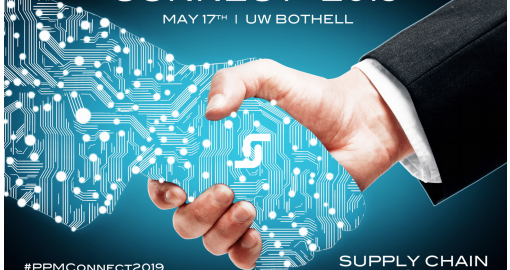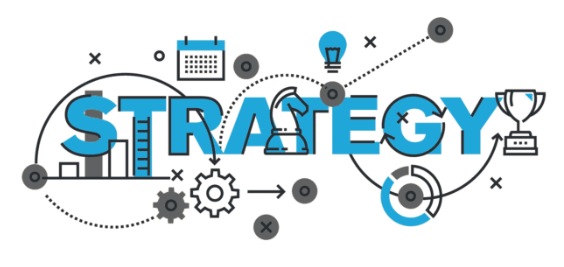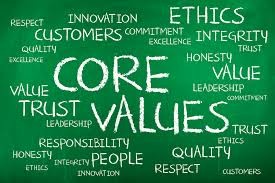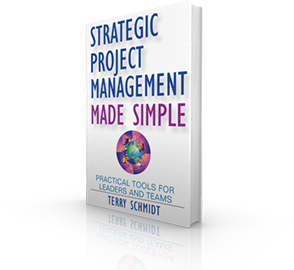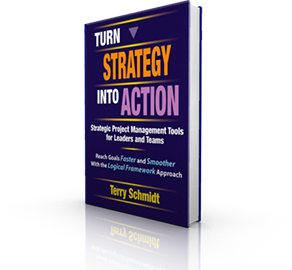If you attend conferences, you know how stimulating it feels when smart people who are creating the future get together to share their ideas. That happened to me just last week when I was a speaker at #CONNECT 2019!, a gathering of 240 leaders in the world’s most dynamic environment for supply chain innovation —the Pacific Northwest.
My prior supply chain knowledge was limited, but it’s pretty fascinating stuff that is revolutionizing how we live.
Supply chain technology brings together advances in robotics, AI, automation, machine learning, blockchain, computational analytics, 3-D printing, IoT (Internet of Things) and multiple other disciplines to create new possibilities.
Here are a couple of fascinating examples the keynoters shared that I wouldn’t have imagined.
Todd Rawlings, a Microsoft inventor, digital transformation architect and Azure R&D leader, showed how AI and cloud technologies are transforming everything from education to agriculture.
His most surprising statement:
Underwater data centers are the future of the cloud! That’s right. Future data centers will be submerged in the oceans.
Here’s why: Servers and computers throw off lots of heat, and keeping Microsoft server rooms around the world cool consumes a terawatt of energy every day.
Since 80% of the world’s population lives within 12 miles of the ocean, why not put the server rooms under water, just offshore?
The prototype Todd shared look something like a giant Oscar Meyer Weiner with fins. Fins on the outer surface will capture energy from the constantly-moving water under the surface, and will disperse excess heat into the ocean (and hopefully won’t cook nearby fish.)
Gerald Jackson, VP of Digital Product Management at GE Digital, explained how the IoT and AI are transforming industrial supply chains and making possible innovative Circular Economy Supply Chain models which create a sustainable and prosperous 21st century.
GE’s aircraft engine division’s business model was once about selling engines and spare parts, now it is becoming a service-provider which takes over the engine repair and maintenance the airlines used to do themselves.
The IoT makes it possible to create “digital twins” for physical assets with moving parts. A digital twin is an electronic representation of what is going on in complex machines, like aircraft engines.
Here’s how it works:
The thousands of sensors embedded in aircraft engines can transmit real time operational data about how it’s performing while the plane is airborne. In other words, the engine tells you when it needs parts.
The ground-based digital twin models what is going on inside the engine. Digital networks can tell what part of a flying airplane needs fixing, so the right parts can be 3-D printed and ready to install when the plane lands. That can reduce or eliminate warehouses full of expensive parts and create numerous efficiencies. Talk about a game changer!
My own presentation on Strategic Project Management recognizes that making transformations like this happen is done through projects.
Today, everyone needs a core set of project skills to operate in this fast-changing environment. Everyone needs to develop the mindset and skill set to design and implement projects that intersect multiple technologies.
Not everybody needs to be a certified Project Manager, but every professional need the ability to understand the big picture WHY, connect dots across boundaries, and bring together people from diverse disciplines into a coherent project team that produces the WHAT and HOW. Doing so requires a strategic mindset and skillset, and my life mission is teaching people just how to do that.
The future is already here. Buckle up, prepare yourself, and enjoy the ride.
—————
Terry Schmidt is a business strategist and author of Strategic Project Management Made Simple, and chief honcho at ManagementPro.com.

